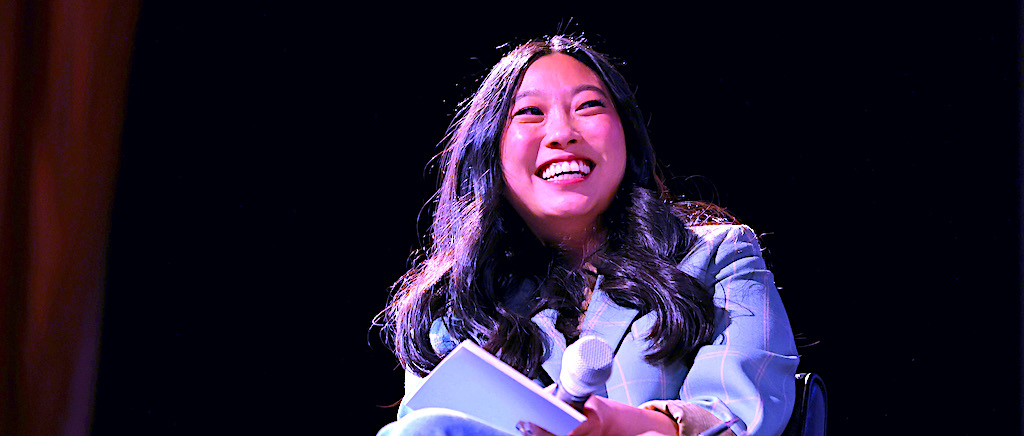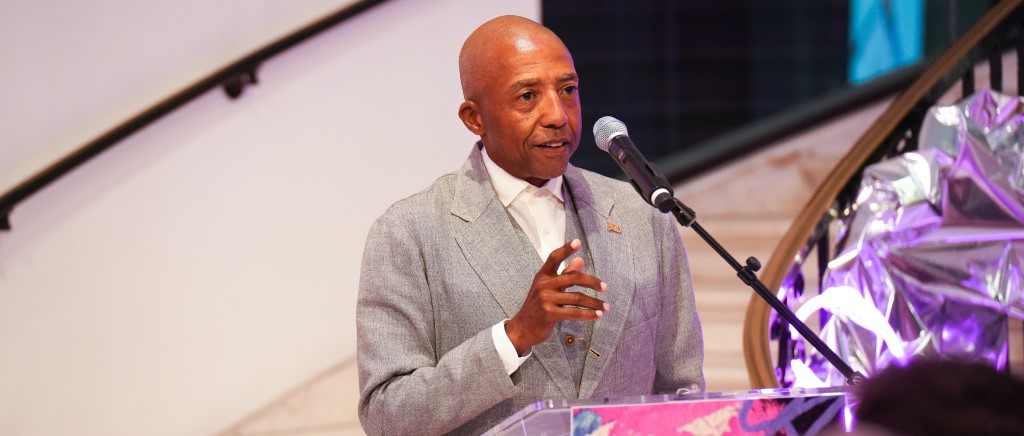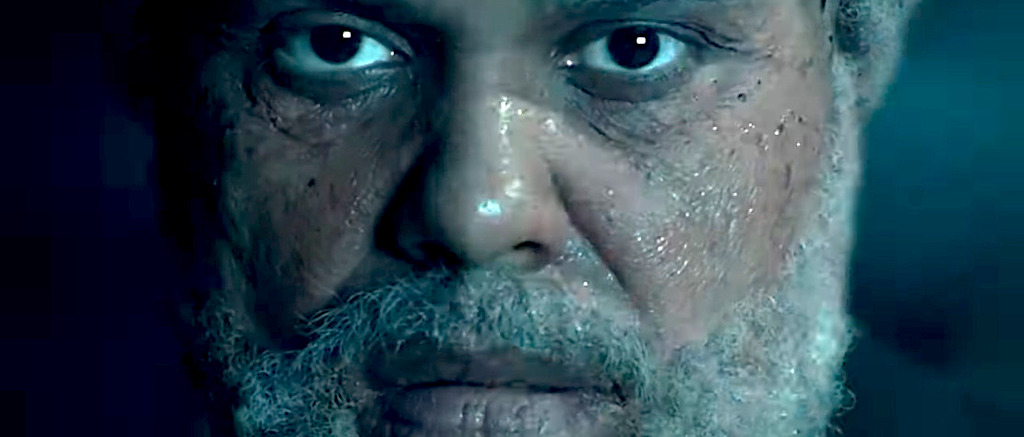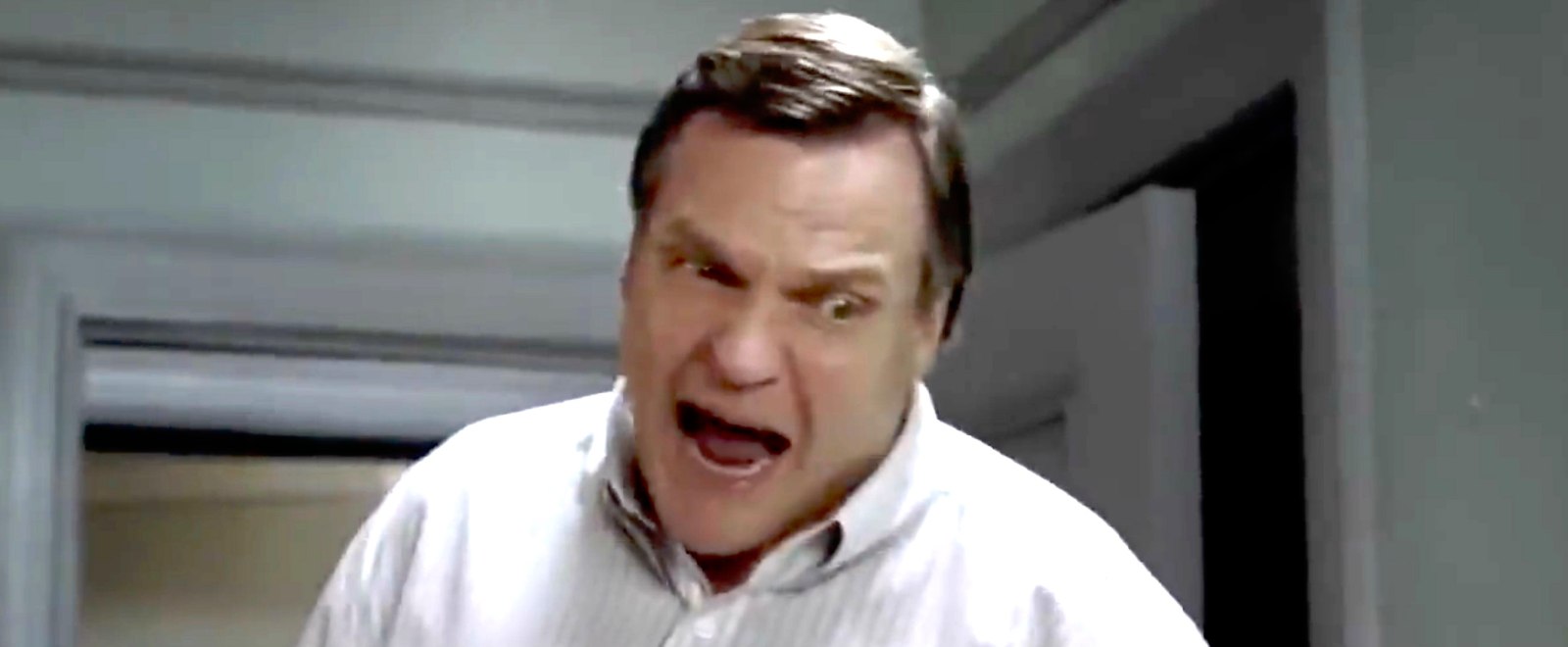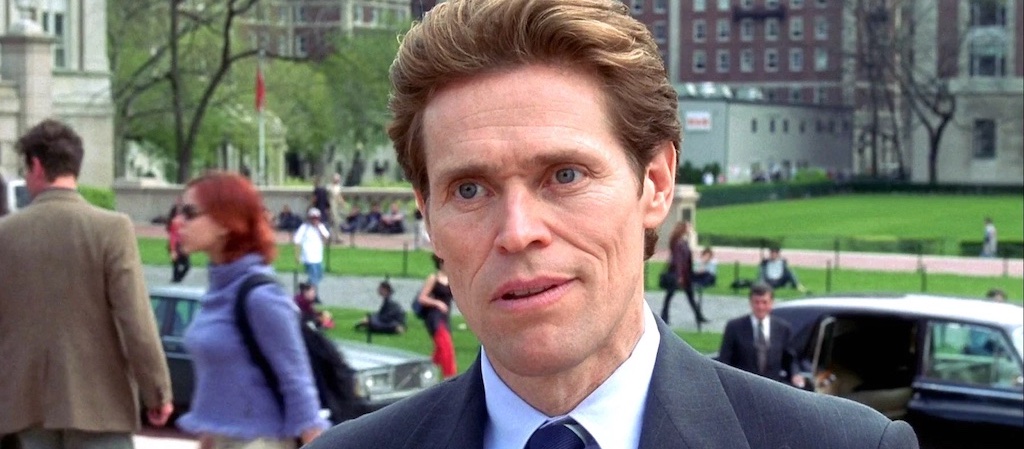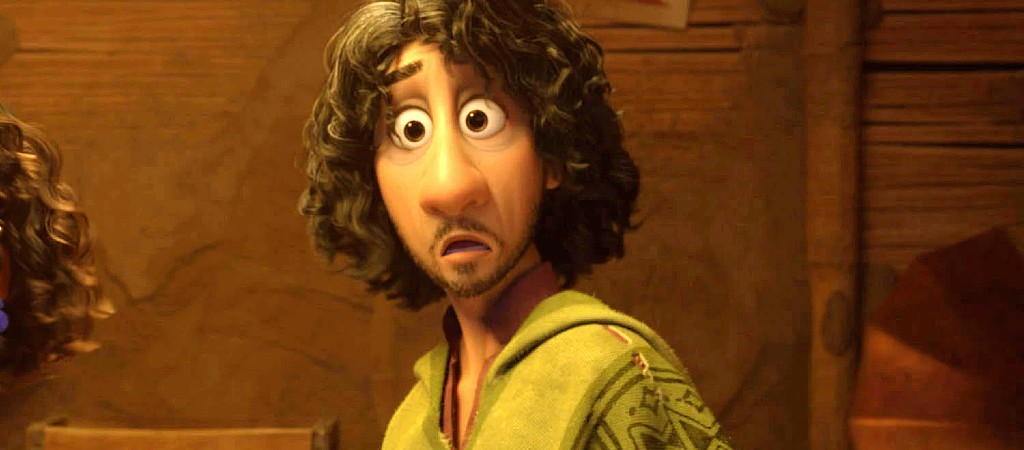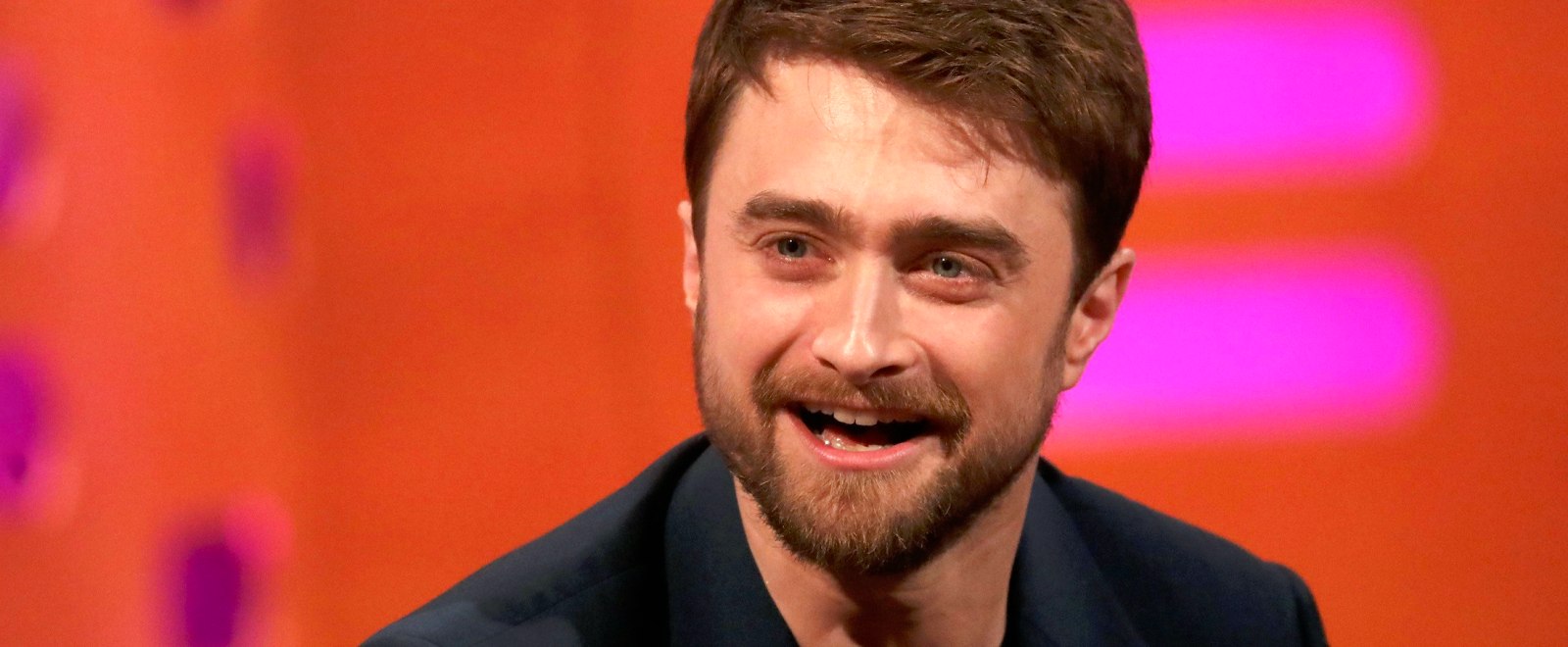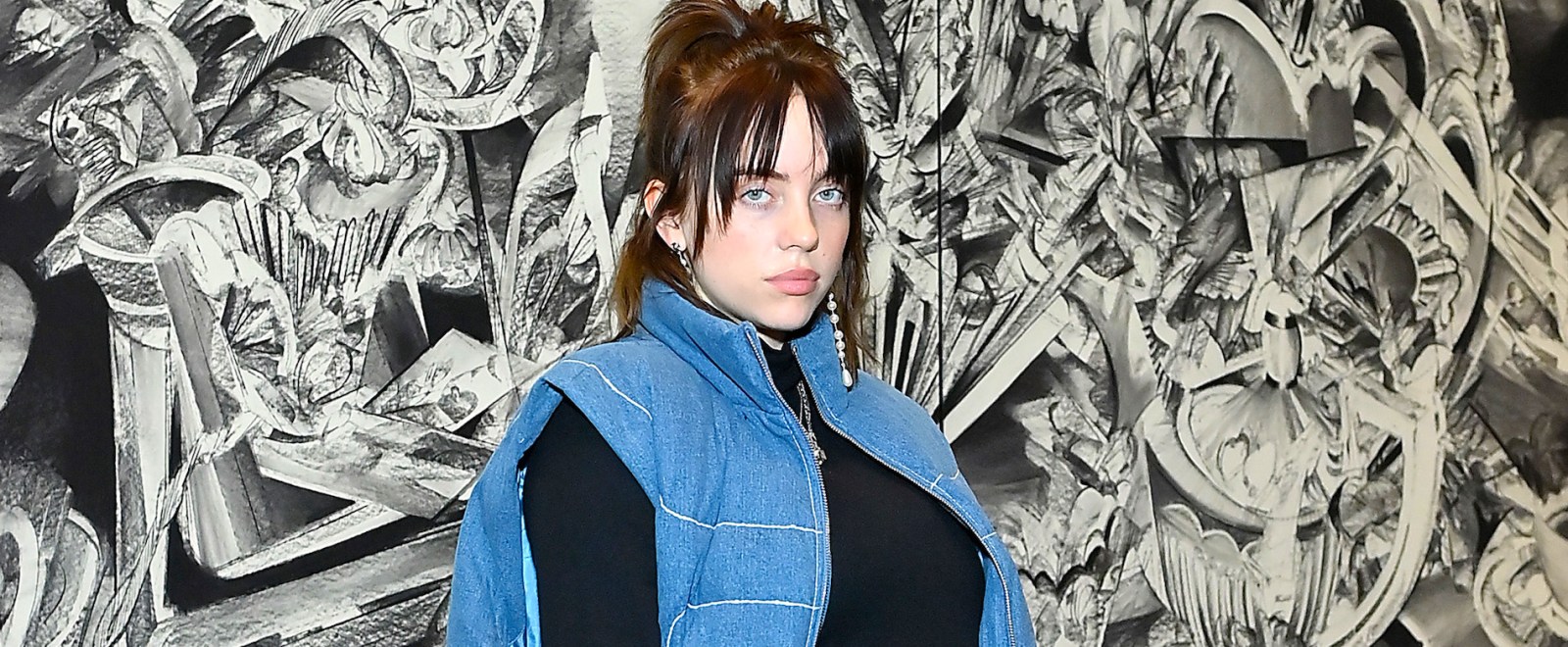
On March 27, actors and others in the film industry will be honored at the 94th annual Academy Awards. Ahead of then, the full list of Oscar nominees was revealed this morning and some folks from the music world made their mark.
Perhaps the most obvious music-related category is Best Original Song, and competing there are Beyoncé and Darius Scott (for “Be Alive” from King Richard), Billie Eilish and Finneas (for the No Time To Die theme), Lin-Manuel Miranda (for “Dos Oruguitas” from Encanto), Van Morrison (for “Down To Joy” from Belfast), and Diane Warren (for “Somehow You Do” from Four Good Days).
As for Best Original Score, Radiohead’s Jonny Greenwood earned a nomination for his work on The Power Of The Dog. In the category, he’s competing against Don’t Look Up (Nicholas Britell), Dune (Hans Zimmer) Encanto (Germaine Franco), and Parallel Mothers (Alberto Iglesias).
Meanwhile, Questlove’s Summer Of Soul movie is up for Best Documentary Feature. Elsewhere, the Alana Haim-starring Licorice Pizza fared well, as it’s up for Best Picture, Best Original Screenplay, and Best Director (for Paul Thomas Anderson). The Lady Gaga-led House Of Gucci got a nomination, too, for Best Makeup & Hairstyling.
Check out the music-related Oscars nominations below and find the full list of all nominees here.
Best Original Song
Beyoncé Knowles-Carter and Darius Scott — “Be Alive” (King Richard)
Lin-Manuel Miranda — “Dos Oruguitas” (Encanto)
Van Morrison — “Down To Joy” (Belfast)
Billie Eilish and Finneas O’Connell — “No Time To Die” (No Time To Die)
Diane Warren — “Somehow You Do” (Four Good Days)
Best Original Score
Don’t Look Up (Nicholas Britell)
Dune (Hans Zimmer)
Encanto (Germaine Franco)
Parallel Mothers (Alberto Iglesias)
The Power Of The Dog (Jonny Greenwood)
Best Documentary Feature
Ascension
Attica
Flee
Summer Of Soul
Writing With Fire

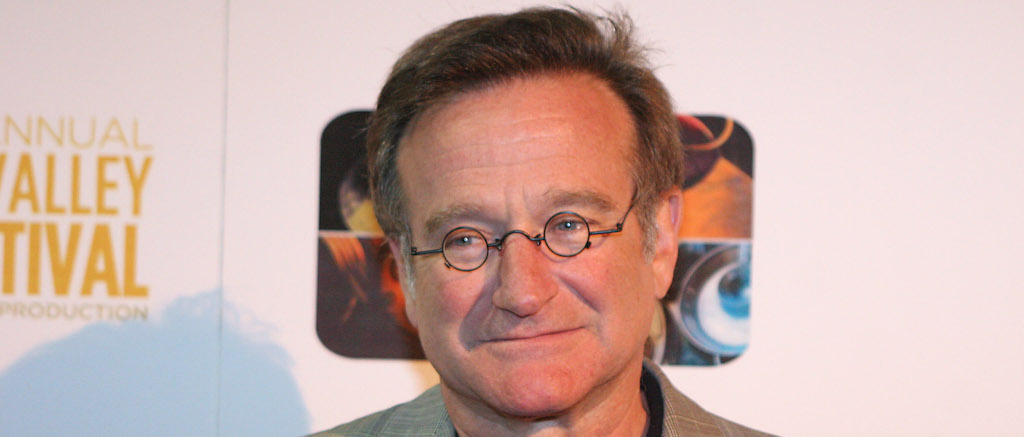


 zoë
zoë 
 (@wastedad)
(@wastedad) 